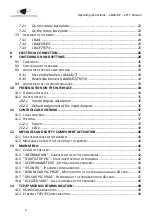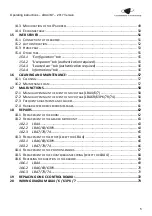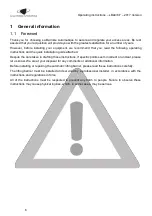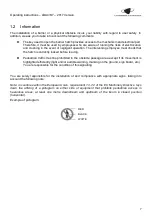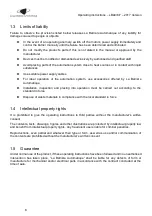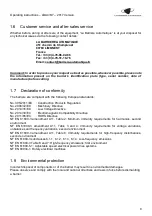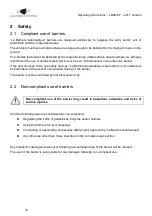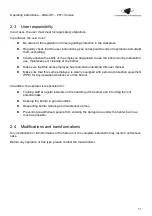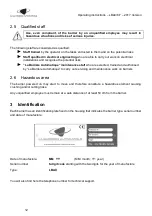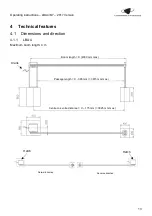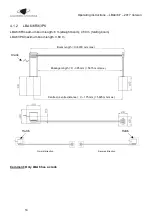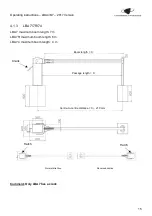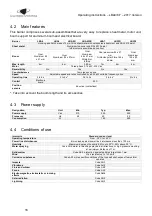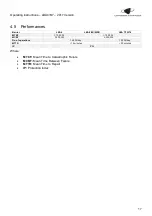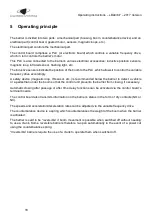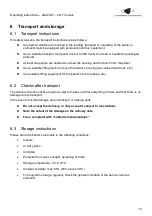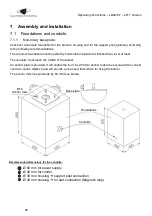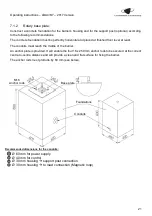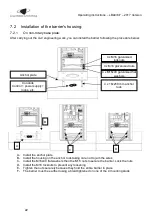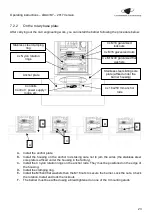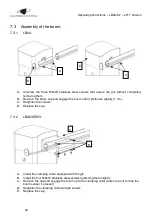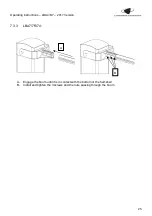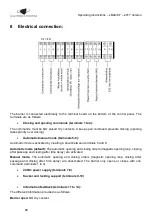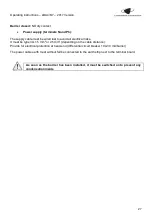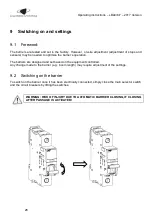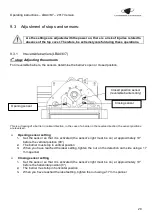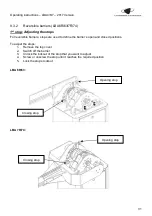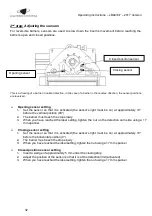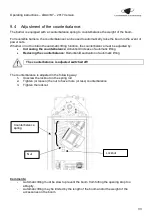
Operating instructions
– LBA4/6/7 – 2017 Version
18
5
Operating principle
The barrier is divided into two parts: a mechanical part (housing, boom, counterbalance device) and an
electrical part (control board, geared motor, sensors, magnetic loops, etc.).
The electrical part controls the mechanical part.
The control board comprises a PLC (or electronic board) which controls a variable frequency drive,
which in turn controls the barrier's motor.
This PLC is also connected to the barrier's various electrical accessories: inductive position sensors,
magnetic loop, infrared sensor, flashing light, etc.
The inductive sensors indicate the position of the boom to the PLC, which allows it to control the variable
frequency drive accordingly.
A safety device (magnetic loop, IR sensor, etc.) is recommended below the barrier to detect a vehicle
or a pedestrian under the boom so that the control unit prevents the barrier from closing, if necessary.
Automatic closing after passage or after time delay functions can be activated via the control board’s
terminal boards.
T
he control board also transmits information on the barrier’s status in the form of dry contacts (NO or
NC).
The speeds and acceleration/deceleration rates can be adjusted via the variable frequency drive.
The counterbalance device is a spring which counterbalances the weight of the boom when the barrier
is activated.
The barrier is said to be “reversible” if boom movement is possible when switched off without needing
to use a crank. Some reversible barriers therefore re-open automatically in the event of a power cut
using the counterbalance spring.
“Irreversible” barriers require the use of a crank to operate them when switched off.

